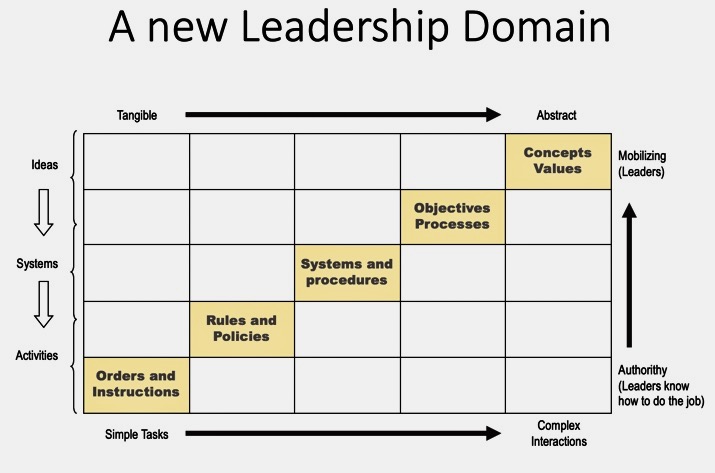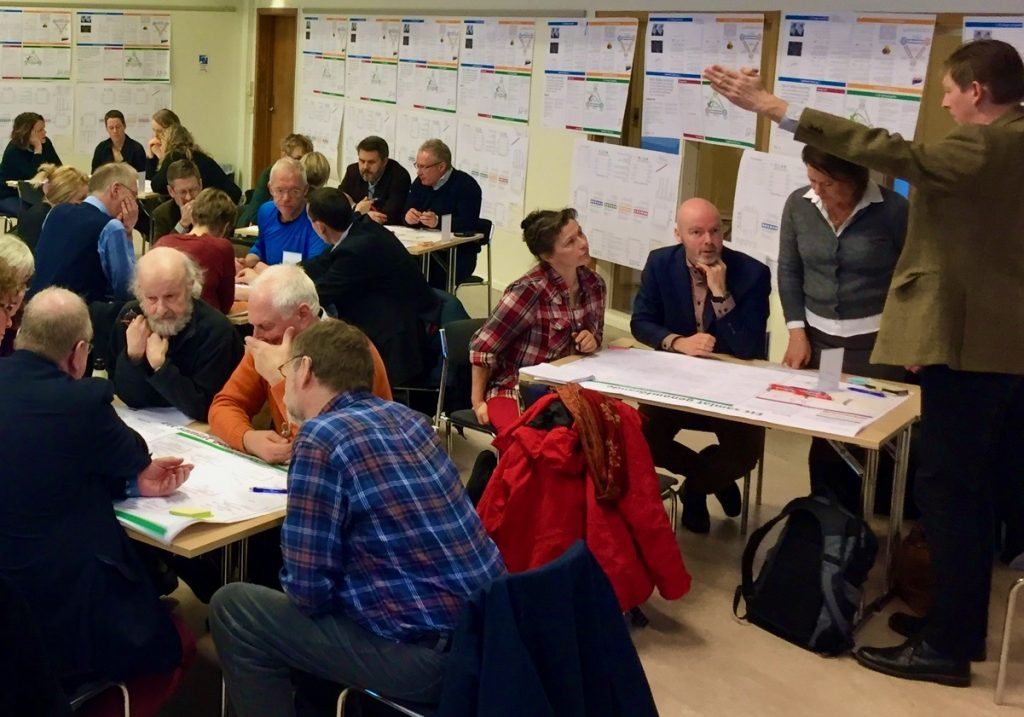
A Learning Lab gives organizations access to tools and methods that create dialogue, responsibility, and participation and support leaders and employees in everyday life. Working with these tools and methods for learning provides several benefits:
– It will be possible to reach the many people in the organization quickly.
– Leadership becomes more explicit, and leaders are given the conditions to address the critical issues.
– The result can be ”quality assured, ”and the levels of ambition are adapted to the organization’s challenges. These tools become strategic tools in issues requiring consensus, learning, and trust between people in many different contexts.
We distinguish between education and learning.
Education often requires a specialist who, with his unique skills, succeeds in transferring knowledge to others. Learning is a very natural process that is constantly going on in everyday life. The problem is that learning often needs the common focus and structure required to develop a new consensus on critical issues.
Learning Lab – an approach that makes it possible
– to mobilize many people in urgent matters with predictable and cost-effective results. – to work through the organization with a focus on strengthening leadership at all levels
– to give people opportunities to take greater responsibility for crucial issues.
Learning Lab offers methods and tools that.
– Easily can be adapted to specific issues and conditions.
– Builds on a stable and proven platform for constructive dialogues in complex and challenging issues.
– Is ”scalable” and can reach many people quickly and cheaply…….

How does a Learning Lab work?
Before a Lab, current dilemmas and pressing issues are identified. Questions that partly apply to the organisation but also apply to the individual. This forms the guiding idea.
Through a reflective, strategic dialogue, the group approaches the core of the central issues. After asking the questions and opening in-depth to different answers, the Lab often becomes a valuable start to a more considerable transformative development.
During the Lab, a space is created where the group receives support in landing and calibrating the ordinary strategic compass. The location for the Lab is carefully chosen and forms a supportive infrastructure, if possible, in a beautiful natural environment.
Below are examples of questions that can answer what the ”lab” should lead to; – In what way will the learning results be deposited in the business? – What kind of desirable change do we want to see? – How can / will this be followed up? – Which actors are affected? – What are the governing factors – external/internal? – Which knowledge insight is critical?
The Supporting Infrastructure must create the right conditions to meet the level of ambition, such as
– Organizational sender and classification,
– Resource allocation in time, money, and competence support.
– Location, physical and digital design, etc.
Theories, methods, and tools as a basis.
– An empirical and science-based method on dialogue and ”action learning.”
– Pedagogical tools for individual and ” participatory and collaborative ” learning.
Learning Lab is based on Dialogue.
The conversation is man’s most important tool. We can create a shared understanding of what the world around us looks like, what we want to achieve together, and how we can best work together to achieve our goals through the conversation. But not all conversations are equally successful. Sometimes, we hold our views, and the dialogue is conducted within what we already know or agree. That conversation does not lead forward. Sometimes, there is a struggle over right or wrong, and we get caught up in the ”debate.” In the worst case, the debate turns into conflict. That conversation does not lead forward either. The picture below gives examples of the different ”rooms” a conversation can move through.

Get in touch for an unconditional call if you feel compelled. Read more:
about Learning Lab

